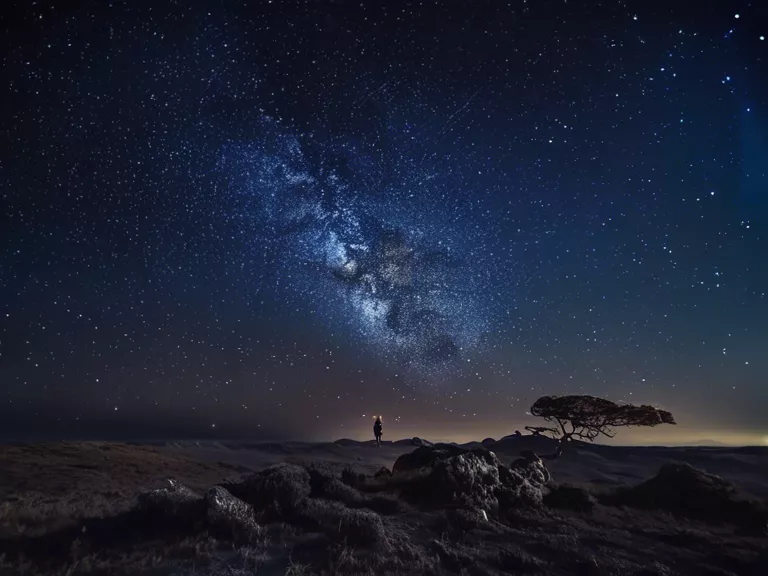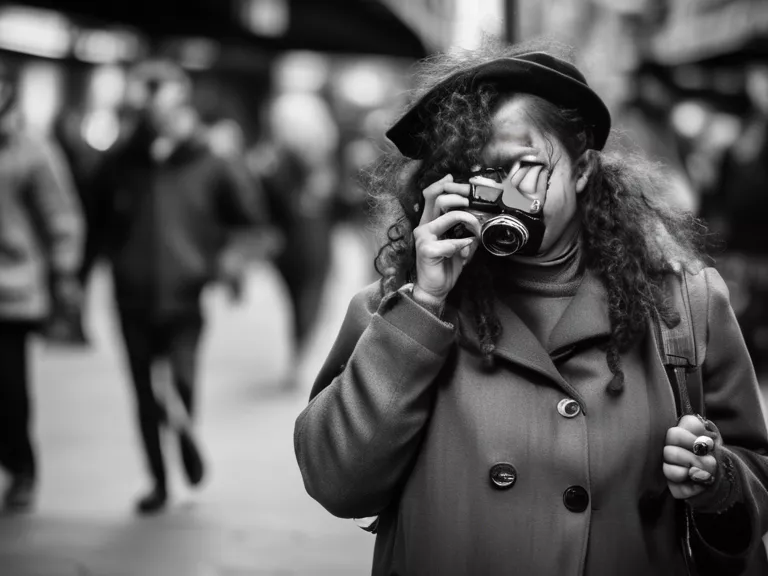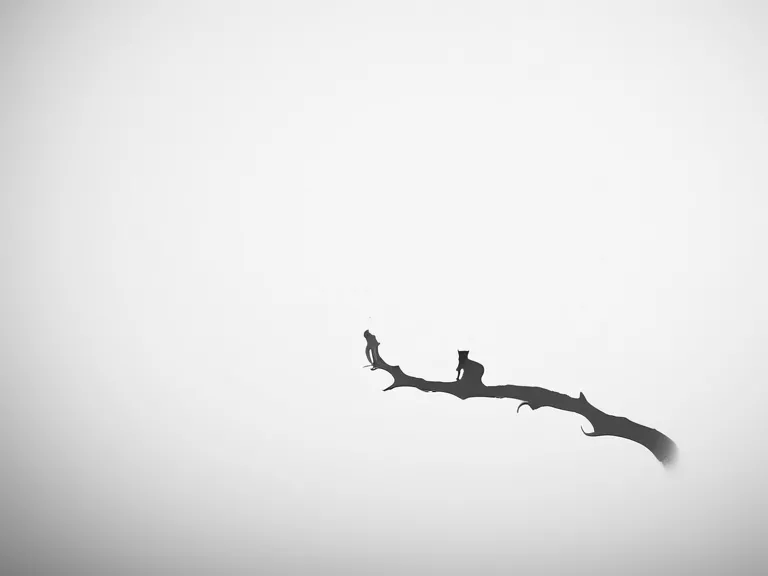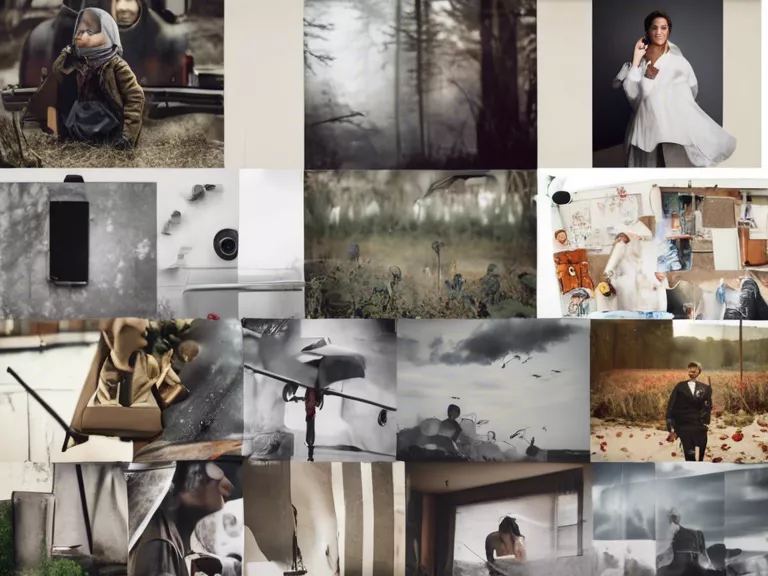
Capturing stunning night sky and astrophotography shots requires a combination of technique, patience, and the right equipment. From choosing the perfect location to mastering long exposure settings, here are some top techniques to help you capture breathtaking images of the cosmos.
First and foremost, finding a location with minimal light pollution is crucial for capturing clear and vibrant night sky shots. Look for a dark sky site away from city lights to ensure your images are not washed out by artificial light.
Next, invest in a sturdy tripod to keep your camera stable during long exposures. This will prevent any blurriness or camera shake that can ruin an otherwise perfect shot. Additionally, using a remote shutter release or the camera's built-in self-timer can further reduce the risk of introducing shake into your images.
When it comes to camera settings, start by setting your ISO to a low value (around 400-800) to reduce noise in your images. Use the widest aperture your lens allows to let in as much light as possible, and experiment with different shutter speeds to find the perfect balance between capturing star trails and maintaining image sharpness.
Consider using a star tracker to compensate for the Earth's rotation and keep the stars pin-sharp in your images. This device moves your camera along with the stars, allowing you to capture long exposures without any blur caused by the Earth's movement.
Lastly, don't be afraid to experiment with different compositions, framing techniques, and post-processing effects to add depth and interest to your astrophotography images. The night sky is a canvas waiting to be captured, so get creative and let your imagination soar.



